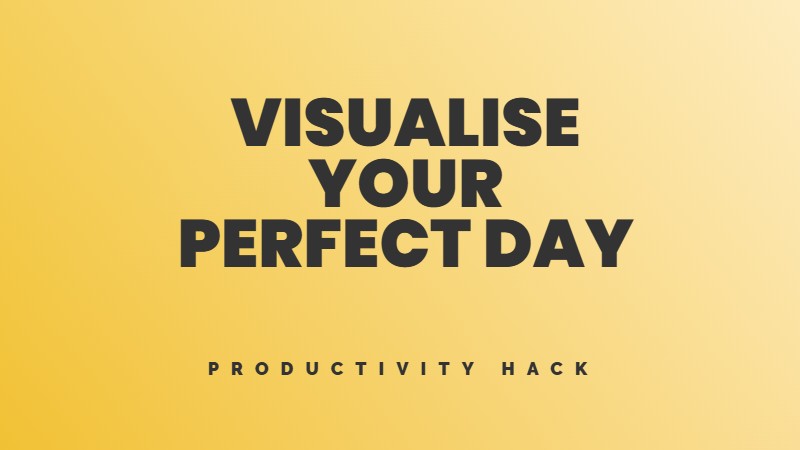In this episode of NPR’s Hidden Brain podcast, host Shankar Vedantam and behavioural scientist Alison Wood Brooks take us on a journey into the science of conversation. We Need to Talk uncovers the hidden forces that shape our interactions, offering evidence-based strategies for more meaningful conversations.
Through a blend of scientific insight and compelling storytelling, Shankar and Alison explore the profound impact of how we communicate and invite us to approach conversations with greater intention and curiosity.
Whether you’re a social butterfly or a wallflower, this episode will leave you inspired to harness the transformative power of authentic human conversations. Join Shankar and Alison for a thought-provoking exploration that will change your thoughts about talking and listening. Tune in and discover the science behind the conversations that matter most.
Source: Hidden Brain website
We need to talk
Imagine if you could recreate the feeling of a truly great conversation in every social interaction. Most people see this ability as an innate charisma only a lucky few possess. But the secret to being an excellent conversationalist is a concrete set of skills anyone can master with practice.
The truth is, no one is born a witty raconteur. Even the most engaging conversationalists had to learn techniques to become so magnetic. With some know-how and practice, anyone can become a great conversationalist.
1. Ask more questions
Alison Wood Brooks went on a blind date with a handsome, successful man who didn’t ask her anything about herself for the first 20 minutes. This showed how important genuine curiosity and asking questions are for better conversations.
2. Prepare a few questions
Alison’s friend, who was facing serious illness after having a baby, showed the power of topic preparation when they finally got together. She carefully thought about what to catch up on and even gave each topic a Whitney Houston song title. This thoughtfulness made the conversation more engaging and meaningful. To use topic prep in your conversations:
3. Don’t stay too long on one topic
At a Halloween party, Alison got stuck talking only about Ohio with a man who seemed uninterested in connecting. No matter what she said, they couldn’t get past small talk, showing why it’s key to know when to change topics. To handle topic switching and depth well:
4. The conversational pyramid
Alison’s small talk experiences led her to make the topic pyramid to understand where a conversation is and where to take it. The pyramid has three levels (small, medium, deep talk), each with its purpose and importance. Use it to improve conversations:
5. The power of active listening
In a conversation about grief, Stephen Colbert and Anderson Cooper demonstrate active listening and engagement. They were so engaged that they could finish each other’s sentences, demonstrating a deep level of understanding and connection.
This kind of conversational synchrony is powerful, and here’s how you can bring it to your own conversations:
6. Sincere flattery makes people feel good
At a party, Alison’s friend Dave greeted everyone with over-the-top flattery. While clearly insincere, it still made people feel good, especially in a social setting. To use the power of flattery:
The bottom line
It’s easy to dismiss the idea of conversation hacks as just more self-help fluff. But the strategies outlined above are grounded in real behavioral science and the lived experiences of people who have transformed their social lives by changing the way they talk – and listen.
Asking questions, preparing topics thoughtfully, moving on when things stagnate, building gradually to deeper subjects, listening with full presence, and even a well-placed compliment – these are the building blocks of the relationships that sustain us and give life meaning.
Start small, perhaps challenging yourself to ask three genuine questions the next time you chat with a colleague or acquaintance. Notice how it shifts the dynamic and opens up new possibilities. Then keep building, brick by brick, conversation by conversation, until connecting through words feels like second nature. Your effort will come back to you tenfold in expanded networks, deeper friendships, and a richer experience of your social world.




Leave feedback about this